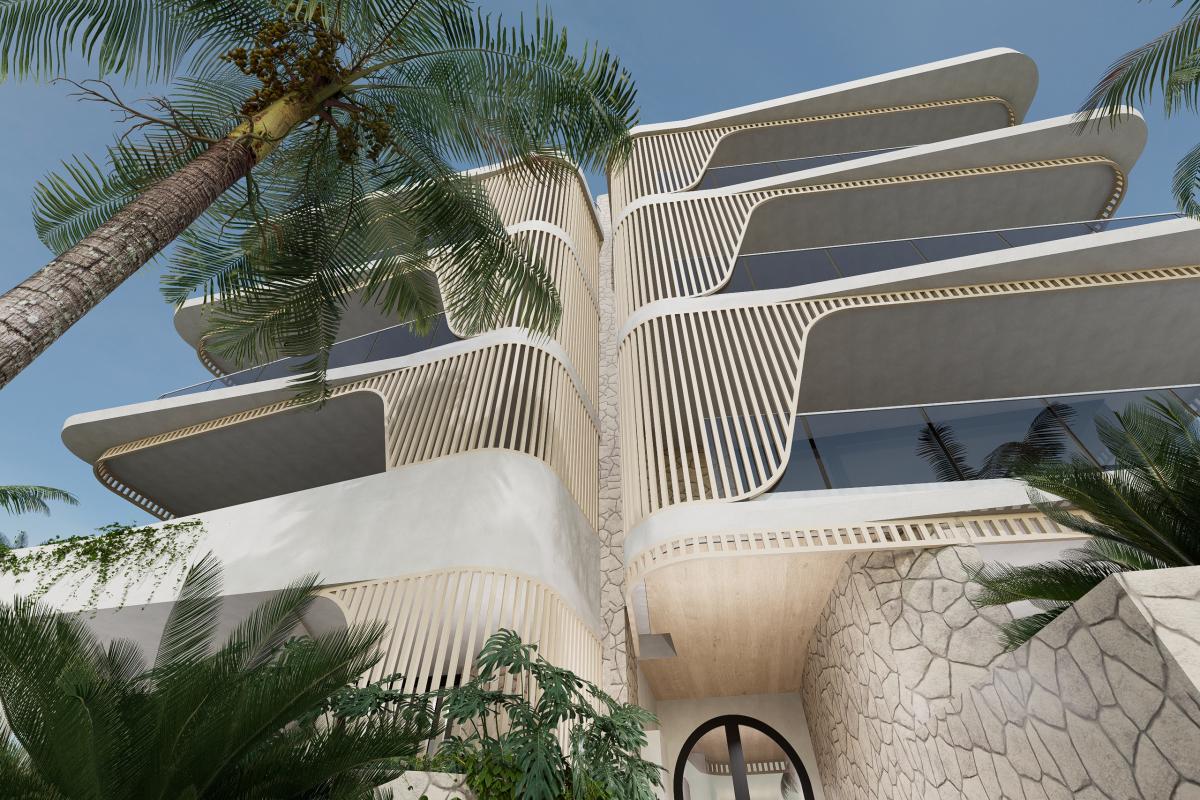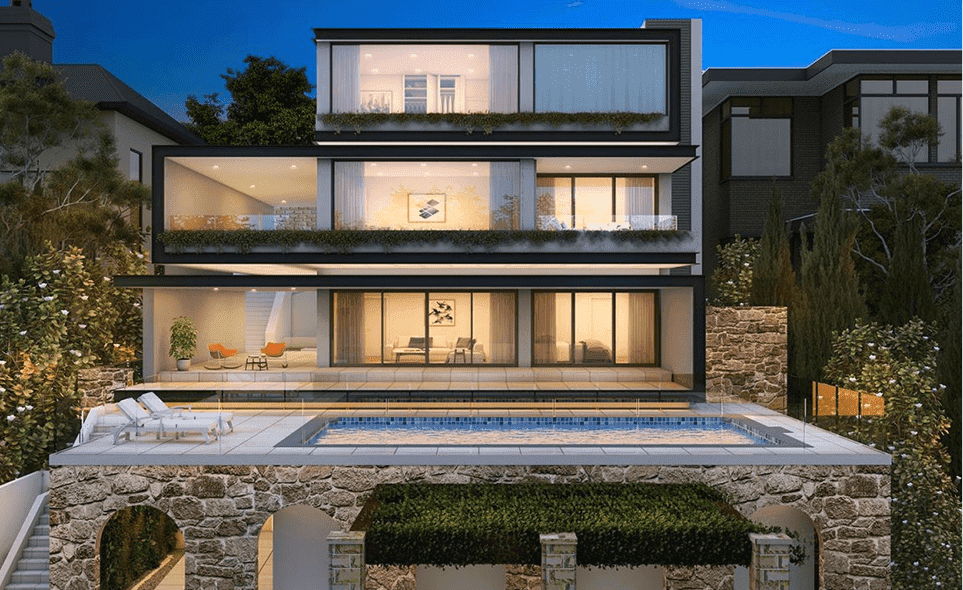Residential House Architect: Crafting Your Dream Home with Expert Design Solutions
Top Trends in Residential Design You Need To Understand About
As residential architecture proceeds to advance, several engaging patterns are forming the way we create and inhabit our living rooms. Secret growths such as sustainable building practices, the assimilation of wise home innovation, and the increase of modular homes underscore a considerable change towards both capability and ecological duty.
Sustainable Building Practices
A boosting variety of property jobs are welcoming lasting structure methods, driven by an expanding understanding of environmental influence and power efficiency. This change is identified by the integration of green products, energy-efficient styles, and cutting-edge building and construction techniques. House owners and contractors are significantly prioritizing the usage of eco-friendly sources, such as bamboo and recycled metals, which not just reduce the carbon footprint but also enhance the longevity and visual allure of residential properties.
Including energy-efficient systems is another vital facet of lasting building - residential house architect. Attributes such as high-performance insulation, energy-efficient windows, and photovoltaic panels are coming to be requirement in new property layouts. These elements not just add to lower energy intake but additionally supply considerable long-lasting savings for homeowners
Additionally, the design of lasting homes usually stresses all-natural light and ventilation, decreasing the reliance on artificial illumination and climate control systems. Landscape design practices, such as xeriscaping, more advertise sustainability by lessening water use.
As the need for lasting living solutions remains to increase, the property architecture sector is poised to adjust and innovate, guaranteeing that future homes are not just eco responsible however useful and additionally comfy for their residents. - residential house architect
Smart Home Innovation
Smart home innovation is changing the means house owners communicate with their living spaces, enhancing safety and security, comfort, and power management. This cutting-edge method integrates different tools and systems, permitting individuals to manage their homes from another location or with automated processes. Central to this trend is the usage of smart tools such as thermostats, lights, safety and security cams, and devices, all connected using the Net of Points (IoT)
One of one of the most enticing features of clever home innovation is the capacity to customize settings for optimum energy effectiveness. Homeowners can monitor energy usage and readjust lighting, heating, and air conditioning based on their routines, dramatically lowering energy costs. Additionally, innovative security systems outfitted with wise locks and monitoring cameras supply satisfaction, making it possible for remote surveillance and informs to prospective safety and security breaches.
Assimilation with voice-activated assistants enhances individual experience, allowing home owners to regulate devices with basic voice commands. As modern technology remains to progress, the possibility for smart home systems to improve lifestyle expands, making them an essential factor to consider in contemporary domestic design. Eventually, clever home innovation is not just a trend however a fundamental shift toward a lot more smart living atmospheres.
Open Idea Living
Open idea living has actually emerged as a defining feature in contemporary household design, identified by the removal of standard obstacles between rooms. This layout ideology advertises fluidness and connectivity within the home, allowing for a seamless transition between areas such as the kitchen, eating, and living rooms. By removing walls and partitions, open idea layouts produce a sense of space, fostering a welcoming environment that enhances social communication.

Additionally, this technique to domestic design lines up with minimalism, concentrating on practical simpleness and visual coherence. Home owners appreciate the flexibility of these designs, which can be easily adjusted to reflect individual style with furniture plan and style. As open concept living proceeds to acquire traction, it continues to be a testament to developing family dynamics and the need for homes that boost link and comfort.
Biophilic Style
Biophilic layout has ended up being increasingly substantial in domestic design, emphasizing the inherent link in between humans and nature. This style ideology looks for to incorporate natural environments right into living rooms, therefore cultivating a feeling of well-being and improving the lifestyle for passengers. By including features such as natural light, plants, and natural materials, biophilic design promotes a harmonious connection in between interior atmospheres and the all-natural globe.
Crucial element of biophilic style consist of big windows that supply unhampered sights of exterior landscapes, living walls that introduce greenery into interiors, and open flooring strategies that motivate air flow and all-natural light infiltration. check this Water attributes, both within and outside the home, offer to create relaxing environments and improve sensory experiences.
In addition, the use of sustainable materials not only supports environmental stewardship however likewise adds to healthier indoor air quality. As recognition of environmental issues increases, house owners are significantly focusing on styles that show their connection to nature. Basically, biophilic layout not just raises aesthetic appeal yet additionally addresses emotional and emotional requirements, making it a crucial trend in modern household design.
Modular and Prefab Homes

Moreover, prefab and modular homes are made with sustainability in mind. Many producers use green products and energy-efficient systems, such as photovoltaic panels and progressed insulation strategies, adding to lowered power intake and reduced utility expenses for house owners. The adaptability of style choices enables for personalization, satisfying diverse aesthetic choices and useful needs.
As the Visit Your URL demand for inexpensive housing proceeds to climb, modular and prefab homes provide a practical service, dealing with both economic and environmental difficulties. Communities are increasingly identifying the capacity of these structures, incorporating them into city and rural settings. On the whole, the pattern towards prefab and modular homes indicates a shift toward extra sustainable, reliable, and adaptable living environments, making them a crucial element of contemporary household design.
Conclusion
Finally, the advancing landscape of property architecture showcases substantial trends that focus on modern technology, wellness, and sustainability. Sustainable structure practices and wise home technologies improve performance and convenience, while open idea living and biophilic design foster social interaction and a link to nature. The increase of prefab and modular homes provides adjustable and economical remedies, showing a wider shift in the direction of useful and responsible living. These trends collectively highlight a dedication to creating harmonious and ingenious household environments.
Trick growths such as lasting building practices, the integration of smart home technology, and the surge of modular homes emphasize a substantial shift towards both performance and environmental responsibility.The click this rise of prefab and modular homes has actually changed the domestic style landscape, using ingenious services for efficient and lasting living.In addition, prefab and modular homes are developed with sustainability in mind. Overall, the fad towards modular and prefab homes signifies a change towards a lot more sustainable, efficient, and versatile living atmospheres, making them a critical aspect of modern domestic architecture.
Sustainable structure methods and clever home innovations enhance performance and comfort, while open principle living and biophilic style foster social interaction and a link to nature.